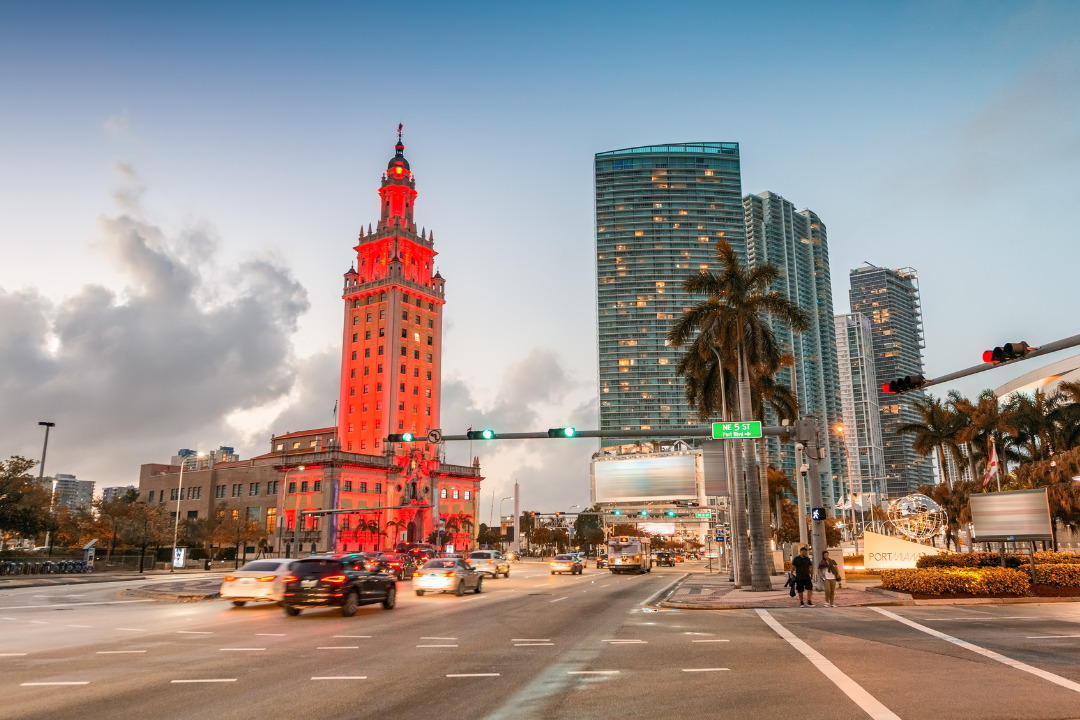Anyone considering this financial solution must understand the costs of bridge financing. “Bridge Loan Costs” can vary significantly, and having a clear comprehension of these expenses can help you make an informed decision. Businesses and individuals alike often use bridge loans as a short-term funding option. However, many people decide based on the costs associated with bridge loans. At KROY Investments, we believe in empowering our clients with the right knowledge, especially when it comes to understanding the intricacies of bridge loan costs in the vibrant city of Miami.
What are Bridge Loans?
Definition and Purpose of Bridge Loans
Bridge loans, also known as interim financing or gap financing, serve as a financial bridge to cover short-term liquidity needs. Real estate transactions typically use bridge loans to provide quick cash for a down payment on a new home before selling the current one.
Situations Where Bridge Loans are Used
In South Florida, bridge loans are commonly used in scenarios where a homeowner wants to buy a new home but hasn’t yet sold their existing one. They can also be used by real estate investors looking to secure a property quickly.
Understanding Bridge Loans
When is a bridge loan a good idea? It’s often when the timing is crucial. For instance, if a real estate opportunity arises that requires quick action, a bridge loan can provide the “Secure Short-Term Funding” needed to seize the moment.
However, it’s important to remember that bridge loans are not for everyone. They are best suited for individuals or businesses with strong credit profiles and a clear plan for repayment. Understanding what bridge loans are used for and when they are a good idea can help potential borrowers make informed decisions.

The Costs of Bridge Loans in Florida
Detailed Breakdown of Bridge Loan Costs
Understanding the costs associated with bridge loans is crucial. Bridge loans include costs such as origination fees, closing costs, and interest payments. The “bridge loan amount” you borrow will directly influence these costs.
Bridge Loan Rates in Miami-Dade County
In Miami-Dade County, the rates for bridge loans can vary. Factors such as the lender, the risk associated with the loan, and the borrower’s creditworthiness can all influence the “bridge loan cost”.
Calculating Bridge Loan Costs
To calculate the cost of a bridge loan, you need to consider the loan amount, the interest rate, and the term of the loan. This will give you an idea of “how much a bridge loan will cost” over the loan’s lifespan.
Pros and Cons of Bridge Loans in Brickell, Miami
Advantages of Bridge Loans
Bridge loans can provide quick, “secure short-term funding” for urgent real estate purchases. They can be a lifeline when a property purchase needs to be made before the sale of a current property.
Disadvantages of Bridge Loans
However, bridge loans can be risky. They often have higher interest rates and fees compared to other financing options. Plus, if the sale of the current property falls through, the borrower could be left with two mortgages to pay.
In conclusion, understanding the costs and weighing the pros and cons of bridge loans is crucial before deciding if this type of financing is the right choice for you.
Eligibility and Qualification for Bridge Loans in South Florida
Criteria for Qualifying for a Bridge Loan
Qualifying for a bridge loan in South Florida requires meeting certain criteria. Lenders typically look at factors like credit score, debt-to-income ratio, and the value of the property being purchased.
Who Qualifies for a Bridge Loan?
Individuals or businesses with strong credit profiles and a clear plan for repayment are often good candidates for bridge loans. It’s also important to note that bridge loans can be extended under certain circumstances, providing flexibility for borrowers.
Bridge Financing for Commercial Properties in Miami
Use of Bridge Loans in Commercial Real Estate
In Miami, commercial real estate transactions often use bridge loans. Bridge loans can quickly provide the necessary funding to secure a property, making them valuable for commercial property investors.
Conclusion: Understanding the Costs of Bridge Financing
Understanding the costs of bridge financing is crucial for anyone considering this financial solution. Whether you’re an individual homeowner or a commercial real estate investor in Brickell, Miami, having a clear comprehension of these expenses can help you make an informed decision.
Remember, bridge loans are a tool, and like any tool, they are most effective when used correctly. If you’re considering a bridge loan, KROY Investments is here to help guide you through the process. Contact us today to discuss your financing needs.
Frequently Asked Questions: Bridge Loan Costs
What exactly is a bridge loan?
A bridge loan is a short-term financing solution that provides immediate cash flow, typically used in real estate to bridge the gap between the purchase of a new property and the sale of an existing one.
Why are bridge loans commonly used in real estate transactions?
Bridge loans offer quick access to funds, allowing homeowners or investors to secure a new property before selling their current one. This can be especially useful in competitive real estate markets where waiting for a property sale might mean missing out on a purchase opportunity.
How are the costs of a bridge loan determined?
Bridge loan costs can include origination fees, closing costs, and interest payments. Factors influencing these costs include the loan amount, the lender’s terms, the borrower’s creditworthiness, and prevailing market rates.
Are bridge loans more expensive than traditional loans?
Generally, bridge loans have higher interest rates and fees compared to traditional long-term loans due to their short-term nature and the associated risks. However, the convenience and speed they offer can justify the costs for many borrowers.
How long is the typical term for a bridge loan?
Most bridge loans have terms ranging from six months to a year, though some can extend longer depending on the lender and the borrower’s needs.
What risks are associated with bridge loans?
The primary risk is the potential of not selling the original property in time, which could lead to the borrower having to manage two mortgages. Additionally, due to their higher interest rates, the costs can accumulate if the loan term extends beyond the expected period.
Can businesses also benefit from bridge loans?
Yes, businesses often use bridge loans to cover short-term operational costs, awaiting longer-term financing or incoming revenues. They can be especially useful for businesses facing seasonal revenue fluctuations or awaiting the closure of a large deal.

